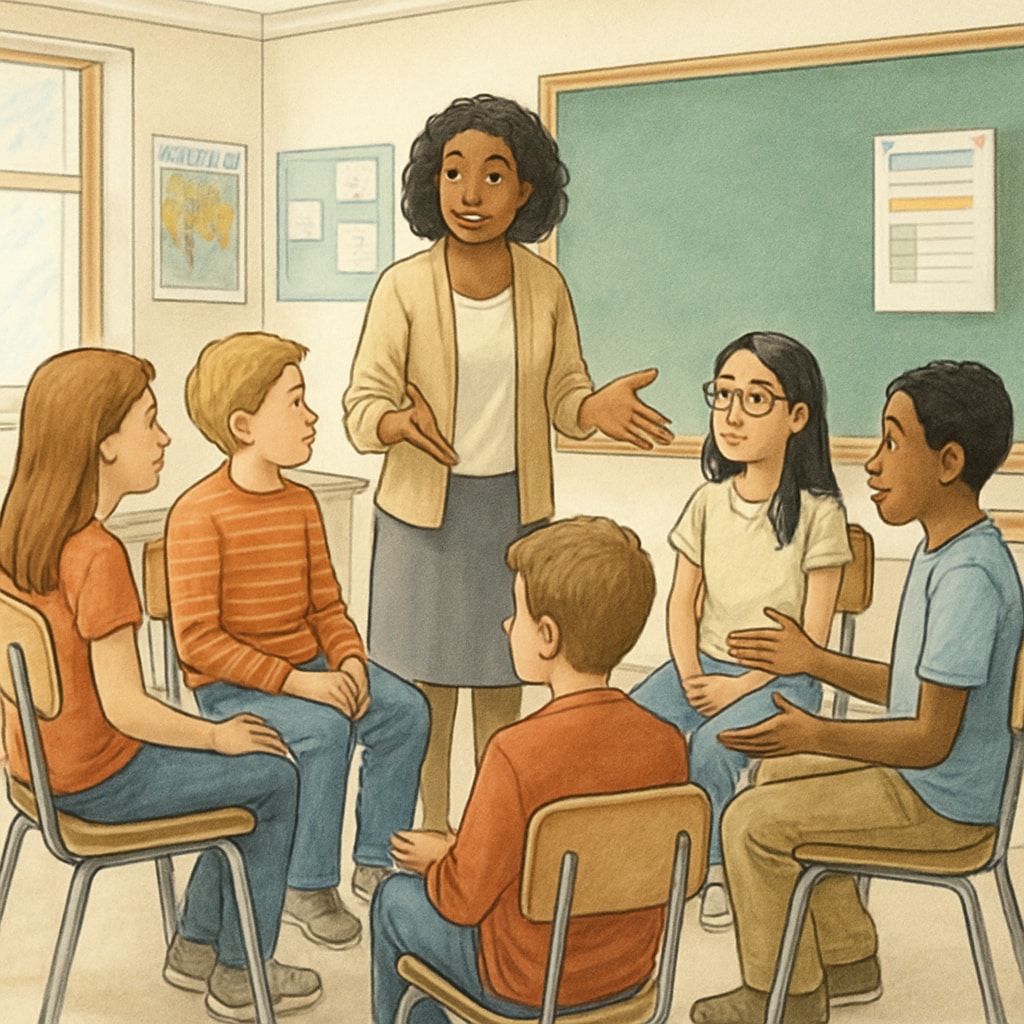“Wokeness,” schools, and student cognition have become central themes in modern educational discussions. In today’s K12 environments, the term “wokeness” often symbolizes heightened awareness of social issues such as inequality, diversity, and justice. While this progressive approach aims to create inclusive spaces, it also raises questions about how it shapes students’ critical thinking and their understanding of values. This article delves into the phenomenon of wokeness in schools and its impact on the next generation of learners.
Defining “Wokeness” in the Educational Context
Wokeness, at its core, refers to being alert to social injustices and systemic inequalities. Within schools, this often translates into curricula that highlight historical inequities, incorporate diverse perspectives, and promote social justice. For example, many schools now emphasize teaching about historically marginalized groups and fostering empathy among students. While these initiatives have noble intentions, they also spark debates about whether schools are striking the right balance between guiding students’ moral compasses and fostering independent thought.

The Impact of Wokeness on Student Cognition
One of the key aspects of wokeness in schools is its influence on how students process and evaluate information. Introducing students to diverse viewpoints can enhance their ability to think critically and empathetically. However, some argue that an overly prescriptive approach might inadvertently suppress dissenting opinions or alternative perspectives.
For instance, research suggests that when students are encouraged to question societal norms, they develop stronger analytical skills. Yet, if the discourse leans too heavily towards promoting a singular narrative, it can stifle open debate and the natural exchange of ideas. Balancing these dynamics is essential for nurturing well-rounded, independent thinkers.
Challenges of Implementing Wokeness in Schools
Despite its potential benefits, implementing wokeness in educational settings is not without challenges. Educators often struggle with:
- Creating curricula that are inclusive yet impartial.
- Encouraging open dialogue without alienating students with differing views.
- Addressing parental concerns about ideological bias in the classroom.
For example, a teacher might introduce lessons on systemic racism, but the way these lessons are framed can significantly influence how students interpret the material. Therefore, educators must ensure that lessons are both informative and balanced, avoiding the risk of imposing their personal beliefs.

Finding the Right Balance
Striking the right balance between promoting wokeness and fostering independent thought requires intentional strategies. Here are some recommendations for educators and schools:
- Encourage Critical Inquiry: Allow students to question and debate the material presented to them.
- Provide Diverse Resources: Offer multiple perspectives on controversial topics to ensure a holistic understanding.
- Foster Respectful Dialogue: Create an environment where all students feel safe to express their views.
By following these practices, schools can ensure that students are not only socially aware but also capable of forming their own well-reasoned opinions. As a result, they become more prepared to navigate the complexities of the modern world.
In conclusion, the integration of wokeness into schools presents both opportunities and responsibilities. While it has the potential to create more socially conscious individuals, its success depends on how it is implemented. By maintaining a delicate balance between promoting awareness and encouraging critical thinking, educators can equip students with the tools they need to thrive academically and socially.
Readability guidance: The content prioritizes concise paragraphs, active voice, and clear transitions. Lists are used for clarity, and long sentences are minimized to enhance accessibility.


